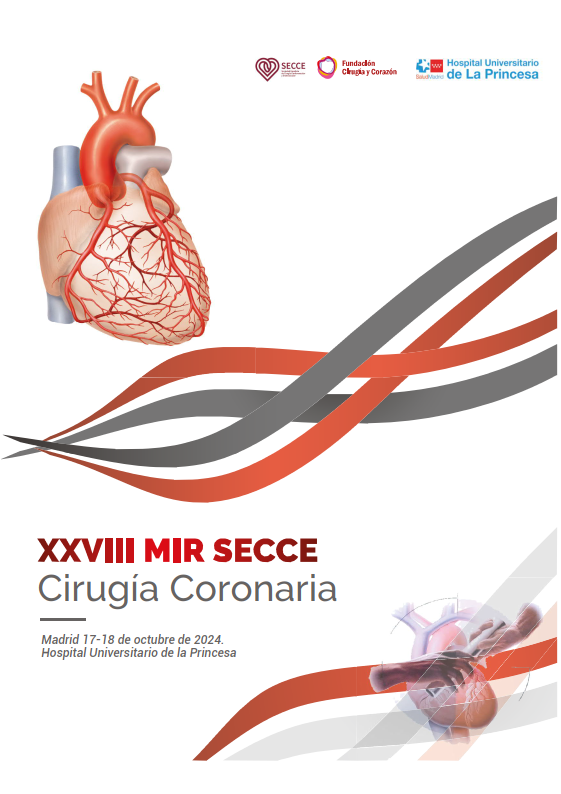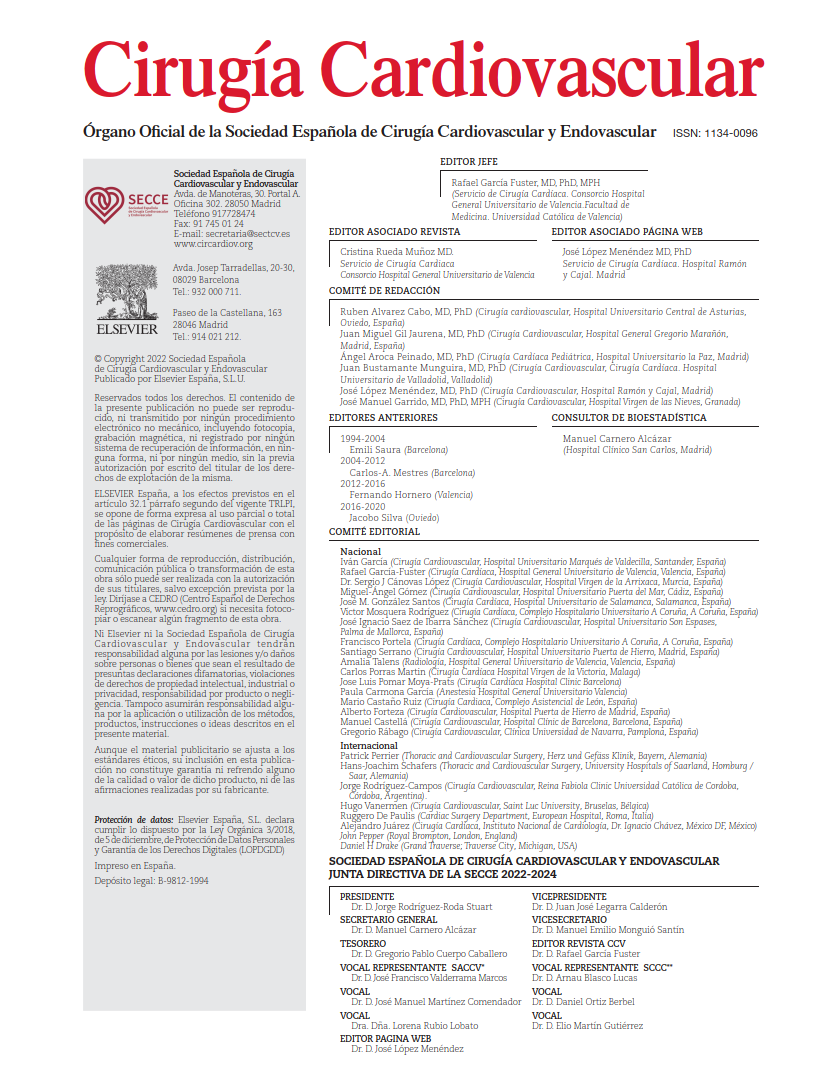Advanced heart failure affects millions of patients worldwide and remains one of the leading causes of cardiovascular morbidity and mortality. For patients in whom medical treatment is insufficient, left ventricular assist devices (LVADs) have become a key therapeutic option, either as a bridge to transplantation or as destination therapy for those ineligible for heart transplantation.
Traditionally, these devices are implanted via full median sternotomy, providing direct access to the heart and great vessels. However, this surgical approach carries significant risks, including bleeding, infections, and respiratory complications, as well as prolonged postoperative recovery. Given these limitations, less invasive techniques, such as thoracotomy-based approaches, have gained interest. This surgical strategy has the potential to reduce surgical trauma and improve postoperative outcomes; however, comparative evidence between both techniques remains limited.
In this study, a prospective, multicenter analysis was conducted, enrolling 102 patients across 23 centers in North America. Two surgical approaches were employed for thoracotomy: bilateral thoracotomy and left thoracotomy combined with partial upper sternotomy. The primary outcomes assessed included six-month event-free survival (absence of disabling stroke, reoperation, or conversion to sternotomy), along with secondary comparisons such as hospital length of stay, blood product use, and quality of life.
The study demonstrated that thoracotomy is a safe and effective surgical strategy for HeartMate 3® implantation, with a six-month event-free survival rate of 85%, comparable to the 86.2% observed with median sternotomy. Although hospitalization duration was longer in the thoracotomy group (20 vs. 17 days; p = .03), no significant differences were found in major complications, quality of life, or functional status between the thoracotomy techniques. This approach emerges as a valid alternative, particularly in patients with complex surgical histories or challenging thoracic anatomies. However, it does not provide clear clinical advantages over median sternotomy.
COMMENTARY
This prospective, multicenter study examines the implantation of the HeartMate 3® left ventricular assist device using different thoracotomy approaches and compares them with median sternotomy. The results indicate that thoracotomy is a viable surgical option, with a six-month event-free survival rate comparable to sternotomy. While hospital length of stay was slightly longer in thoracotomy patients, no significant differences were observed in major complications or quality of life.
The most intriguing aspect of this study is that thoracotomy, as a less invasive approach, could be beneficial for patients with complex surgical histories or challenging anatomies. Although no significant clinical benefits were found compared to sternotomy, thoracotomy remains an interesting alternative, especially for patients with prior thoracic surgical approaches. Furthermore, although not directly analyzed in this study, the thoracotomy approach simplifies subsequent sternotomy in candidates undergoing LVAD implantation as a bridge to transplantation.
The multicenter nature of this study strengthens the evidence that less invasive surgical techniques can be performed in different settings while achieving favorable outcomes. Reducing surgical trauma may improve postoperative recovery, which is critical for patients with advanced heart failure.
In conclusion, this study provides valuable insights into the use of thoracotomy for LVAD implantation. Although no significant short-term outcome differences were observed, this approach could have a positive impact on patient quality of life and long-term complication reduction. Further research is warranted to confirm its potential.
REFERENCE:
Gosev I, Pham DT, Um JY, Anyanwu AC, Itoh A, Kotkar K, et al. Ventricular assist device using a thoracotomy-based implant technique: Multi-Center Implantation of the HeartMate 3 in Subjects With Heart Failure Using Surgical Techniques Other Than Full Median Sternotomy (HM3 SWIFT). J Thorac Cardiovasc Surg. 2024 Nov;168(5):1474-1484.e12. doi: 10.1016/j.jtcvs.2024.02.013.



